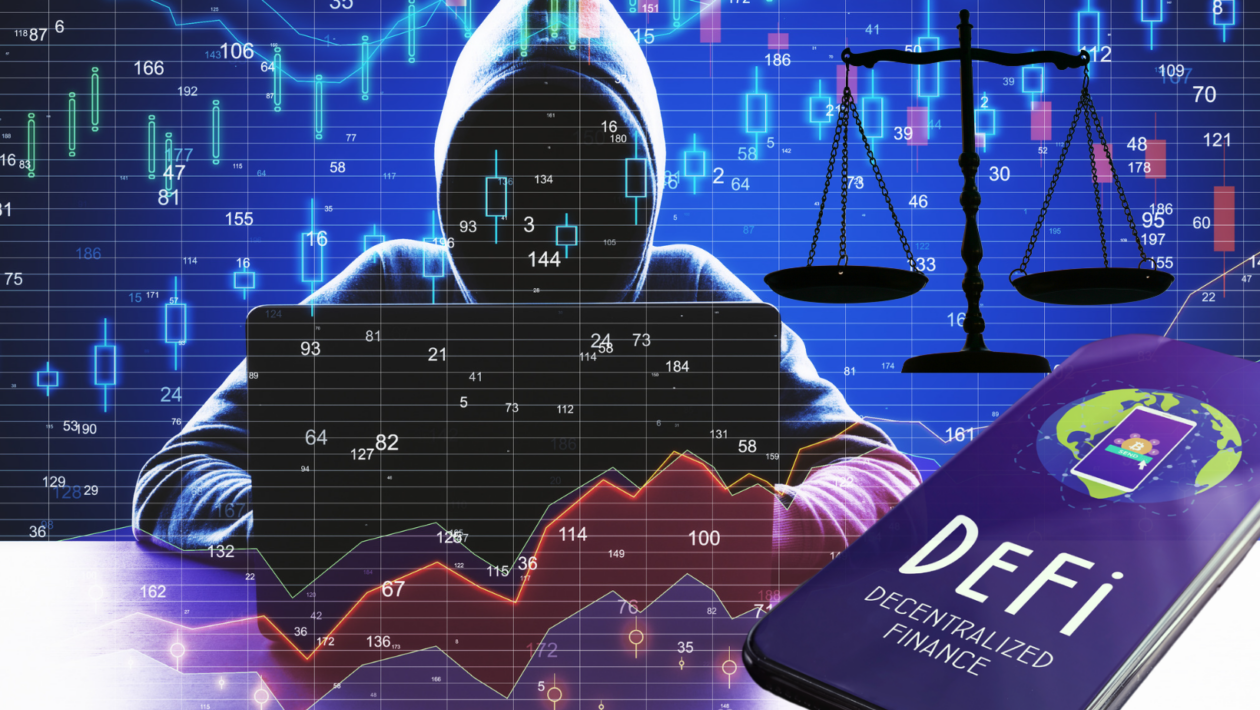Despite the growing prominence of cryptocurrency and decentralized finance, the latter still remains a largely unexplored sector, experiencing trust issues from both the people actively engaged in this industry as well as those outside of it.
Following the tumultuous events of last year, DeFi has found itself stuck in a position of being viewed with great caution and uncertainty. By the end of 2022, the total value locked in DeFi protocols stood at US$53 billion — which is over US$200 billion less since the year’s beginning — and it has fallen more since.
But as DeFi remains foundational for the development of future blockchain applications, ignoring it is not an option. Let us take a closer look at the reasons why DeFi remains a niche market, and what benefits it could bring if it is accepted into the mainstream.
DeFi’s poor user experience
Despite emerging as an alternative to traditional finance, DeFi’s mass adoption is hindered by its complexity and high barriers to entry. The user experience of DeFi is often challenging for the average person, as it requires technical knowledge and familiarity with blockchain technology. The lack of user-friendly interfaces and the impossibility of depositing and withdrawing funds in a quick and straightforward manner make it that much unlikely for DeFi to be adopted by a less tech-savvy audience.
Easing this process would require improving the user interface of DeFi platforms and simplifying the onboarding process for newcomers. Furthermore, it is essential to educate users about DeFi, providing accessible tutorials and guides that can help people understand how to use DeFi platforms effectively.
Lack of regulatory clarity and uncertainty
Another major reason why DeFi is not widely accepted is the lack of established laws for this sector. As regulators can’t determine who to hold accountable in case of any misconduct, DeFi projects and users are often forced to operate at their own risk, not knowing whether they will get punished by regulators and legal recourses if something goes wrong and money is lost. The same sense of uncertainty is also experienced by many traditional financial institutions, as they find themselves struggling to decide whether they should collaborate with DeFi projects amid the lack of regulatory clarity.
In order to solve this issue, government action is required, not only to establish clear regulations but also to provide people with education to make DeFi easier to understand. The U.K. tax authorities recently took steps to implement a new framework for charging taxes for DeFi lending and staking. This is a good example of how rules for this industry are slowly becoming more comprehensive, and more regulators are likely to follow soon.
Security breaches and lack of trust
Since its inception, the DeFi sector has faced no shortage of security breaches. In 2022 cyber criminals stole over US$3.8 billion in crypto using various hacks and exploits — and over 80% of those losses were suffered by DeFi projects. Many people who come from the traditional financial background are used to the safety of banks and having their deposits insured. So they find it challenging to trust DeFi when it lacks a similar safety net. The risk of losing their money permanently, with little to no legal protections or recourse, is keeping people away from DeFi.
That said, many of the previous security gaps were swiftly fixed, and there is no shortage of DeFi projects working to boost security practices in order to drive this sector to new heights. One potential way for such projects to boost their attractiveness is by bringing in a broader audience to hackathons and relevant crypto events, presenting their products to masses alongside real use cases. Demonstrating transparency, a proactive attitude and progress in solving security issues will inspire greater trust.
DeFi’s benefits for other markets
DeFi provides an open and permissionless financial infrastructure that allows anyone to participate in financial activities without relying on banks and other traditional intermediaries. This factor makes decentralized finance a fine medium for increasing financial inclusion and providing access to a wider variety of financial services.
In the rapidly developing Web3 market, DeFi’s decentralized structure and ability to facilitate trustless transactions make it well-suited for integration into emerging ecosystems. For example, DeFi protocols can allow players to earn rewards for in-game activities or provide liquidity pools for virtual assets. Furthermore, DeFi can enable new forms of financing for GameFi projects and NFT marketplaces by allowing users to borrow or lend tokens.
In terms of influencing the traditional finance industry, DeFi can have a positive effect on multiple levels. Built on blockchain technology, it can go a long way in encouraging TradFi institutions to adopt practices meant to increase transparency and offer clients a wider variety of financial services. This can greatly improve user experience and boost trust in financial institutions.
We are already seeing many cases where major banks like JPMorgan, Citibank, Morgan Stanley and others demonstrate a willingness to integrate blockchain and its decentralized infrastructure into their platforms. Not only can this lead to increased awareness of the technology and get more people interested in DeFi, but it also adds a sense of legitimacy that makes it more acceptable as a mainstream option.
DeFi’s future in global finance
Decentralized finance has enormous potential to revolutionize the financial industry, but several factors are limiting its widespread adoption. Addressing the issues of user experience, security and regulatory clarity should be the current focus of the DeFi community to drive its broader acceptance.
So long as that can be made to work, it is likely that we will come to see cases of traditional financial institutions collaborating with DeFi projects and facilitating new services by relying on their permissionless infrastructure. And in the future, DeFi open protocols will surely become the foundation for new financial interfaces that people all around the world will be using in their financial activities.





